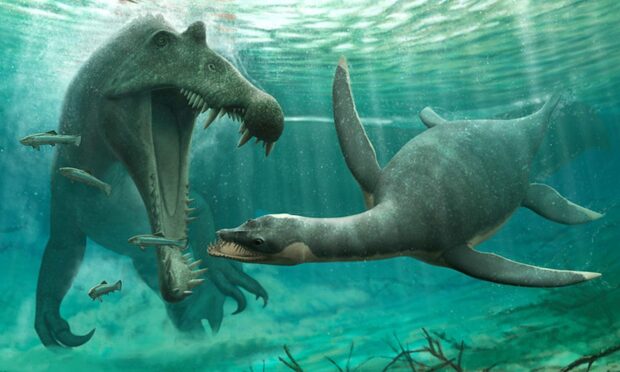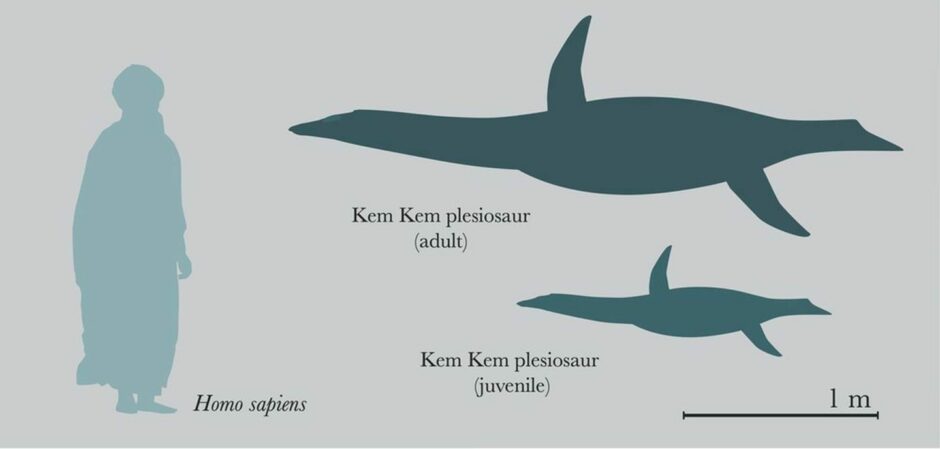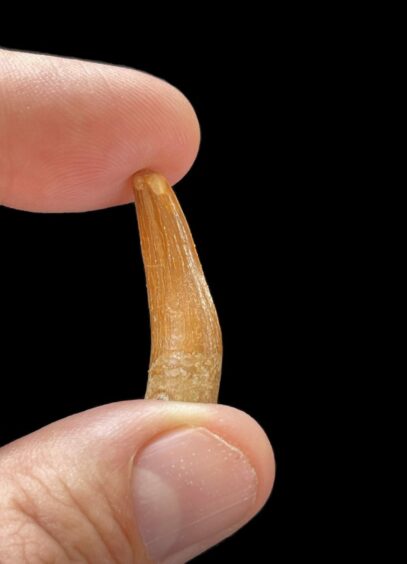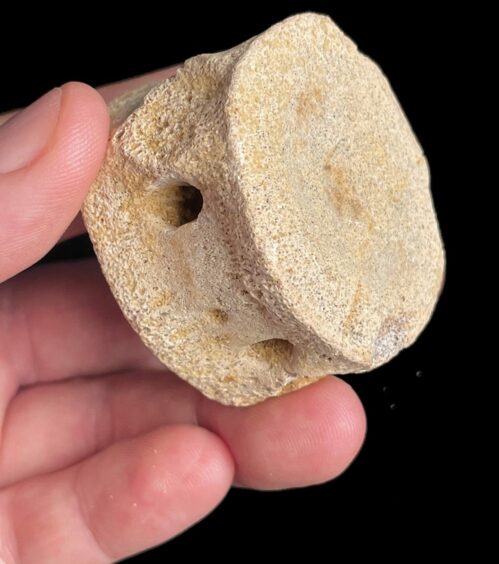The existence of the Loch Ness Monster is “plausible” say researchers at two British universities.
Fossils of the plesiosaurs, long-necked reptiles from the age of dinosaurs that inspired the Loch Ness Monster, have so far been thought to only live in the ocean.
However, researchers at the University of Bath and the University of Portsmouth have found a fossil of the dinosaur in a freshwater river.
This means the dinosaur could have “potentially” lived in Loch Ness, in prehistoric times.
Loch Ness is the largest body of water in the British Isles and has long been famous for being home to Nessie, the Loch Ness monster.
Cryptozoology
The hunt for the creature has been a popular form of “cryptozoology”, which is the search for legendary animals.
Despite the difficulty in searching the loch due to its peaty water and great depth, there have been many sightings over the years.
Thousands of tourists continue to hunt for Nessie to this day.
The Nessie fossils were found in a river system that was over 100-million years old in what is now Morocco’s Sahara Desert.
‘This was no place to go for a swim’
They include plesiosaurs bones and teeth from 10ft adults and an arm bone from a 5ft long baby.
The finds hint that these creatures routinely lived and fed in freshwater, alongside frogs, crocodiles, turtles, and fish.
“What amazes me” said researcher Dave Martill, “is that the ancient Moroccan river contained so many carnivores all living alongside each other. This was no place to go for a swim.”
Plesiosaurs were an adaptable group and existed for more than 100 million years all over the world.
However, the fossils also show that the last plesiosaurs finally died out at the same time as the dinosaurs – 66 million years ago.
How likely was it that they lived in Loch Ness?
The new scientific paper was headed by Nick Longrich from the University of Bath’s Milner Centre for Evolution.
He said: “We don’t really know why the plesiosaurs are in freshwater.
“On one level, it’s plausible they lived in Loch Ness. There is potential.”
“It’s a bit controversial, but who’s to say that because we paleontologists have always called them marine reptiles, they had to live in the sea? Lots of marine lineages invaded freshwater.
“We don’t really know, honestly. That’s how paleontology works. People ask, how can paleontologists know anything for certain about the lives of animals that went extinct millions of years ago?
“The reality is, we can’t always. All we can do is make educated guesses based on the information we have.
“We’ll find more fossils. Maybe they’ll confirm those guesses. Maybe not.
To find out more about the research, you can read the official paper here, or read Mr Longrich’s blog here.





Conversation